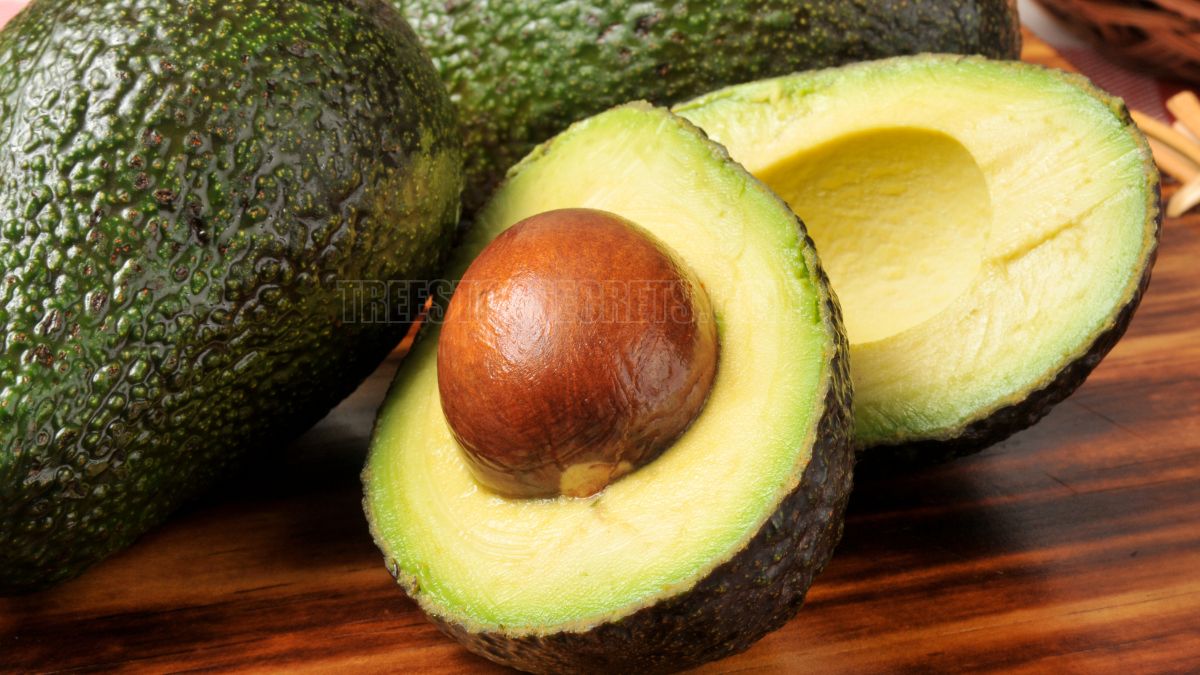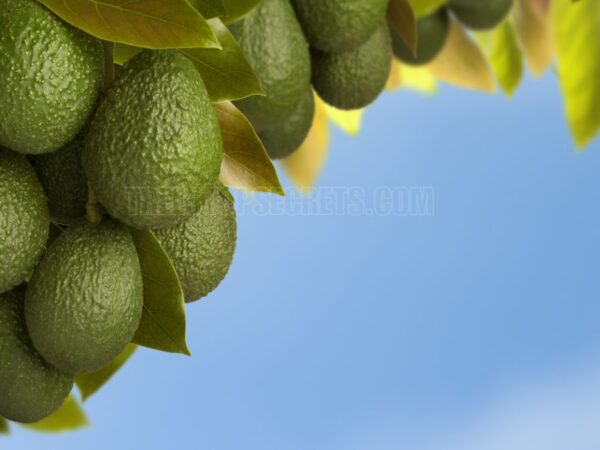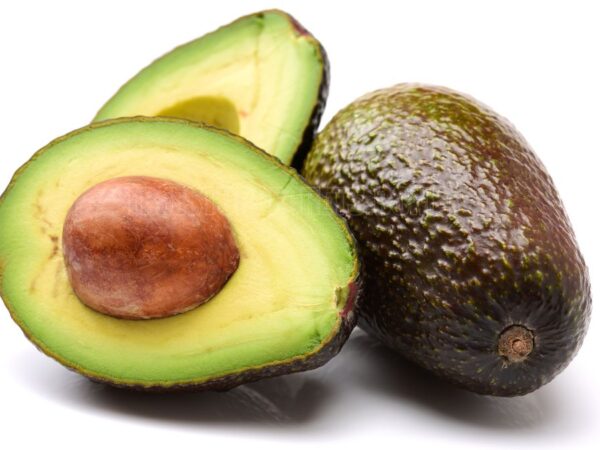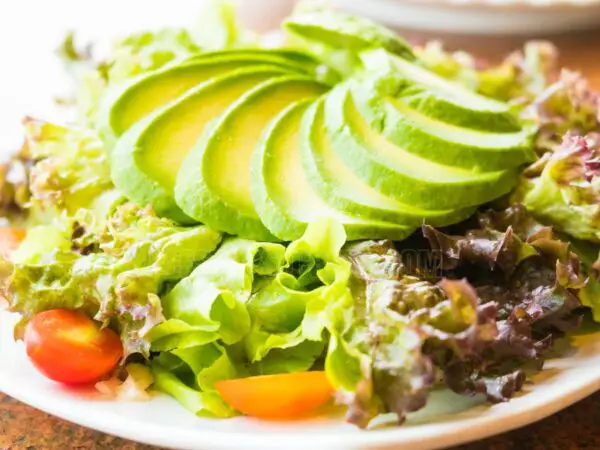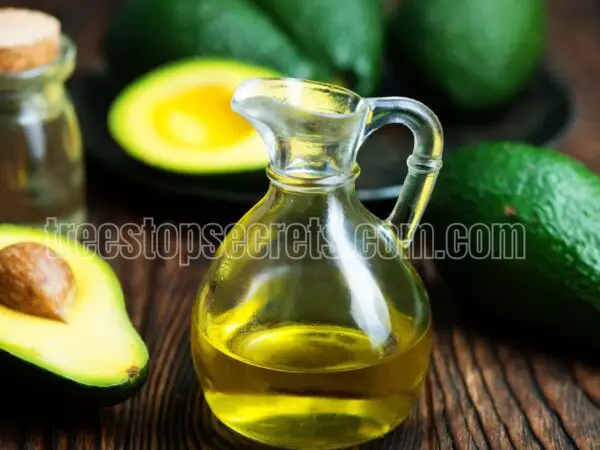Avocados are a delicious, versatile fruit that can elevate any meal, but timing is everything. Knowing when an avocado is ripe can make the difference between a creamy, enjoyable experience and a disappointing one. Whether you’re preparing guacamole or topping your toast, getting it right is key. In this guide, we’ll walk you through simple, foolproof ways to tell when your avocado is ready to enjoy, ensuring you never waste another one.
An avocado is considered ripe when it yields to gentle pressure but doesn’t feel overly soft or mushy. The skin should be dark, almost black, and have a slight give when you press it. You can also check the small stem at the top of the fruit—if it comes off easily and reveals green flesh underneath, your avocado is ripe and ready to eat. If it's brown beneath the stem, the avocado may be overripe.
It’s frustrating when you cut open an avocado only to find it’s either rock-hard or too mushy to enjoy. Don’t worry—there are a few simple tricks that can help you avoid this mistake! By mastering the art of choosing the right avocado, you’ll always have a perfectly ripe fruit on hand, ready to enhance your salads, sandwiches, or smoothies. Stick around to learn these easy tips and never waste an avocado again!
Identifying Ripe Avocados
So, you’re craving that perfect guac or dreamin’ of some creamy avocado toast? Well, here’s how to pick the prime avocado without ending up with a mushy mess. It all boils down to checking the color and texture.
Color: Your Avocado’s Mood Ring
An avocado's skin tone says a lot about its readiness to be devoured. When they're young and naive, they sport a bright green color. As they wise up, the skin gets darker. The sweet spot? Look for avocados flaunting a deep forest green to nearly black skin. Those bad boys are just right for eating (Green Matters, Taste of Home).
| Skin Color | Ripe Stage |
|---|---|
| Bright Green | Not Yet |
| Dark Green | Almost There |
| Deep Forest Green to Black | Ready to Munch |
Texture: The Squeeze Test
If the color’s looking good, it’s time for the squeeze test. Hold the avocado in the palm of your hand and give it a gentle nudge. A ripe avocado should be soft with a bit of resistance, like pressing on a bowling ball. If it’s like squeezing butter, you went too far my friend (Love One Today).
You can also try plucking the stem cap; it should come off easily. Feel like Sherlock Holmes yet? Don’t forget to give it a whiff— a slight sweet scent means it’s ready. Too strong a smell? Overripe.
| Touch Test | Ripe Condition |
|---|---|
| Rock Hard | Not Ready |
| Soft but Firm | Perfect! |
| Squishy | Overdone |
Armed with this know-how, you’ll never be stuck with a sad avocado again. Go forth and enjoy that perfect avo toast!
Get Perfectly Ripe Avocados Every Time
Want to always enjoy avocados at their peak? Let's simplify how you can make that happen. It's all about understanding how ethylene gas works in ripening and knowing the different timelines for each avocado variety.
The Role of Ethylene Gas in Ripening
Avocados ripen thanks to ethylene—a natural hormone that helps transform a rock-hard avocado into the creamy delight we all love. Think of ethylene as a magical ripening switch. While some fruits, like bananas, flood the air with ethylene, avocados are a bit more reserved with this ripening gas (Britannica).
Need your avocado to ripen quicker? Toss it in a brown paper bag to trap ethylene gas and speed things up. This trick usually takes about 1-2 days, but make sure you keep an eye on it so you don't end up with a mushy mess.
Different Ripening Timelines for Avocado Types
Avocado ripening isn't one-size-fits-all. Different types have different schedules. Knowing this can help you plan for that perfect guacamole or avocado toast. Here's a handy cheat sheet:
| Ripening Time | Avocado Type |
|---|---|
| 1-2 days | Hass (most common) |
| 3-4 days | Fuerte |
So, if you're in a hurry, go for a Hass avocado, which ripens fast. Planning for a later date? Opt for a Fuerte—it's like the slow cooker of avocados (Avocados From Mexico).
By getting a grip on how ethylene works and knowing the timelines for different avocados, you'll always have the perfectly ripe avocado, whether you need it now or later. No more disappointments when you cut into your favorite fruit.
Picking the Perfect Avocado
Choosing an avocado sounds simple, but it can really make or break your meal. I've learned a thing or two about timing to make sure I’ve got those buttery green beauties just when I want 'em.
Timing is Everything
I always go for avocados based on how soon I need them. If you’ve ever tried to mash a rock-hard avocado, you know what I’m talking about. Here’s a quick rundown to help you out:
| Ripeness | Days Needed | What You'll Notice |
|---|---|---|
| Firm | 3-4 days | Rock solid, not giving an inch. Seed’s a struggle. |
| Slightly Soft | 1-2 days | A bit of give. Seed pops out easier. |
A full-proof way to make sure I’ve got a ripe avocado on hand for my next meal.
Year-Round Goodness
Ain’t it great that avocados are around all year? Mostly from places like Mexico, so you don’t have to wait for avocado season to roll around. Whether it’s guacamole, salad, or toast, my meal plan isn’t tied down by what’s in season.
Having them so easily available pushes me to try new recipes and throw together fresh ideas whenever inspiration hits. No more avocado-less meals for me, and that’s a win in my book!
Ripen Your Avocados Faster
Love avocados but hate waiting? Me too. Here's the scoop on getting those green goodies ripe and ready to eat in no time.
Simple Brown Paper Bag Trick
Grab a brown paper bag. Yep, you heard me. When you pluck an avocado off its tree, it doesn't start ripening 'til it’s picked. So when you get home from the store, toss your avocado into a brown paper bag. Why? It traps ethylene gas emitted by the avocado, speeding up the ripening process (Glad).
| Avocado Ripening Time | Method |
|---|---|
| 1-2 days | Brown paper bag |
| 3-4 days | Room temperature |
Need it ripe asap? Add a banana or an apple to the bag. They give off ethylene too and will help your avocado ripen even faster.
Keep Avocodo Fresh Without Browning
Got your avocado perfectly ripe? Let's keep it from turning into a brown mush. Avocado flesh browns when exposed to air. Here’s how I keep mine green and delicious:
| Method | Description |
|---|---|
| Lemon Juice | Dab some on the exposed flesh – it slows down browning. |
| Glad Press’n Seal® Wrap | Cover the flesh to keep the air out. |
| Keep the Pit | Leave the pit in when storing – it slows oxidation. |
| Airtight Container or Onion | Store slices with an onion in an airtight container – onions slow browning with sulfur compounds (Cleveland Clinic). |
A little lemon juice does wonders. Just squeeze some on the flesh and store. Your avocado will stay fresh much longer.
So next time you get home with a bag full of avocados, you’ll know exactly what to do. Quicker ripening, longer-lasting freshness! Now go enjoy your guac, toast, or whatever avocado delight you've got planned.
Storing Avocados
Ever wondered how to keep those avocados luscious for your guac or toast? Here’s how I keep mine fresh and tasty!
Keeping Avocados Fresh
First things first—if your avocados aren't ripe yet, let them chill (figuratively) at room temperature. Throwing them in the fridge too soon messes with their ripening (and no one wants a rock-hard avocado). But once they’re perfectly ripe, pop them in the fridge to keep them from going mushy for a few more days (Glad).
Quick Reference: Avocado Storage
| Ripeness Stage | Storage Method | Duration |
|---|---|---|
| Not ripe | Room temp (65-75°F) | 1-2 days until ripe |
| Ripe | Fridge | 2-3 days at peak ripeness |
Freezing Avocados
Got more avocados than you can handle? Freeze 'em before they spoil! Here’s my method: slice the avocado, ditch the pit, scoop out the flesh, and mash it with lemon juice to keep it from browning. Then, stash the mix in an airtight container or a freezer bag.
Freezing Process: A Quick How-To
| Step | Details |
|---|---|
| Cut | Slice the avocado and remove the pit. |
| Mash | Blend with some lemon juice. |
| Store | Seal in an airtight container or freezer bag. |
Keeping Cut Avocados Green
Cut avocados turning brown? No problem. A bit of lemon juice on the exposed area works wonders. Or, cover it with Glad Press’n Seal® to keep the air out. If you don't mind the look, leave the pit in—the flesh around it stays fresh longer. And, of course, put it in the fridge to slow that browning process (Glad).
Following these tricks, I've kept avocados fresh longer—for everything from my breakfast toast to creamy guacamole. Give these tips a shot and enjoy perfectly ripe avocados whenever you want!
Avoiding Avocado Pitfalls
Avocados are yummy but can be tricky to handle. Over the years, I've picked up some handy tips to keep them fresh and avoid common blunders.
Sidestepping "Avocado Hand" Injuries
Ever hear of "avocado hand"? It's when folks cut themselves while slicing avocados. Trust me, I've been there. Here's my foolproof method to avoid such mishaps:
- Find Your Balance: Start by placing your avocado on a steady cutting board. Grab a sharp knife and cut around the stem at the top.
- Round and Round: Steadily twist and roll the avocado as you cut down its length, making a clean split.
- Pit in the Middle: Once halved, make gentle slices in each half, keeping them intact. This makes popping out the pit safer and easier.
Using this technique keeps your fingers safe and sound.
Proper Washing and Cutting
Even before cutting, always give your avocado a good wash. This avoids any bacteria from the skin getting inside when you slice it open.
Quick steps for washing and cutting avocados:
| Step | What to Do |
|---|---|
| 1 | Rinse the avocado under running water, scrubbing gently with your hands. |
| 2 | Dry it off with a towel or paper towel. |
| 3 | Follow the safe slicing tips above. |
These steps help keep your avocado experience clean and safe. Enjoying this creamy fruit can be a joy when you know how to handle it right.
Final Thoughts: How to Know When Avocado Ripe
Mastering how to know when your avocado is ripe doesn’t have to be a guessing game. With the tips provided, you can confidently choose avocados at their peak ripeness, ensuring they’re perfect for your favorite dishes. By checking the texture, color, and stem, you’ll never have to deal with a disappointing avocado again. Keep these tips in mind next time you’re at the store or ready to prepare a meal—you won’t regret it!
FAQs about "How to Know When Avocado Ripe"
Q: How can I tell if an avocado is ripe enough to eat?
A: Gently squeeze the avocado in the palm of your hand without using your fingertips. If it yields slightly under pressure and feels soft but not mushy, it’s ripe. The skin should also be dark and slightly bumpy.
Q: What does it mean if the avocado is too firm?
A: A firm avocado indicates that it is not yet ripe. Leave it at room temperature for a couple of days. You can speed up the ripening process by placing it in a paper bag with a banana or apple.
Q: Can I eat an overripe avocado?
A: While overripe avocados may have brown spots inside, they are safe to eat if they aren’t moldy or sour-smelling. However, the texture and flavor might not be as desirable.
Q: How do I store an unripe avocado?
A: Store an unripe avocado at room temperature. Once it begins to ripen, you can transfer it to the refrigerator to slow down the ripening process if you’re not ready to use it.
Q: Why do some avocados ripen unevenly?
A: Uneven ripening can happen if the avocado has been stored in cold temperatures or exposed to too much direct sunlight. It’s best to ripen avocados at room temperature in a shaded area.
Image Source: Paid image from CANVA

